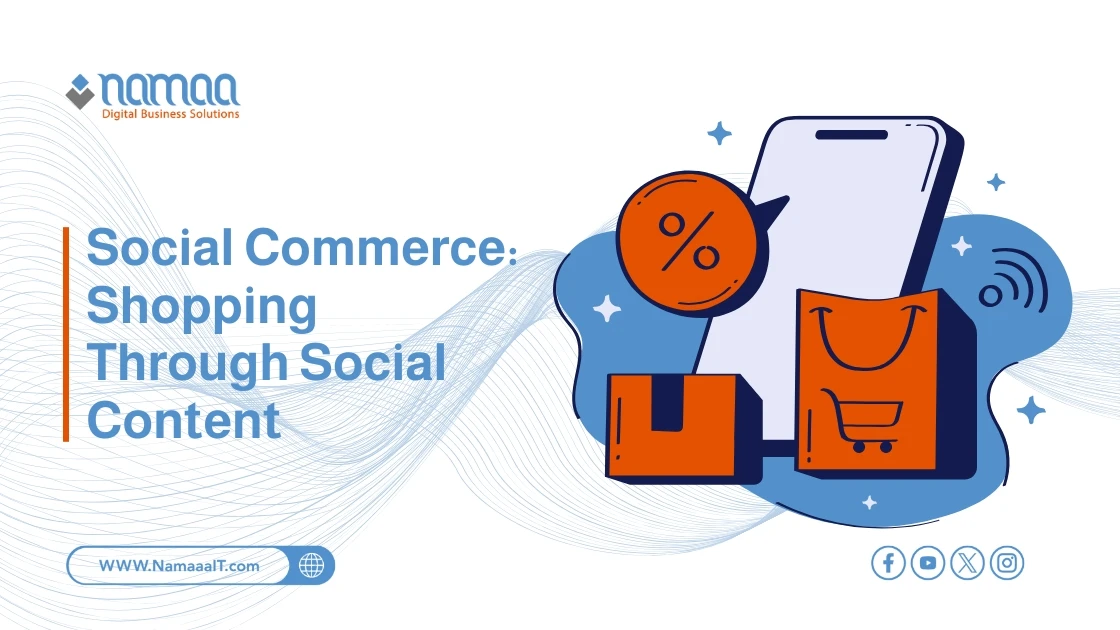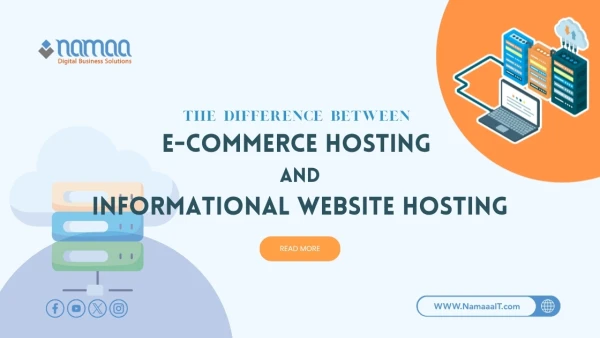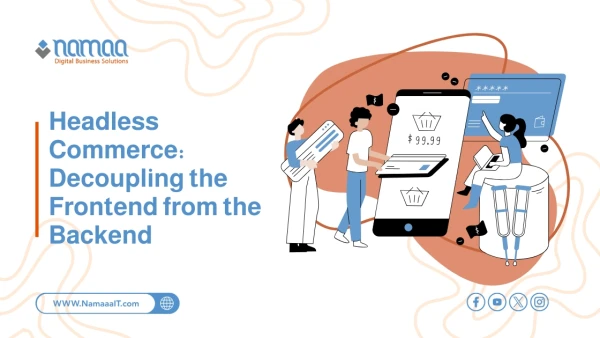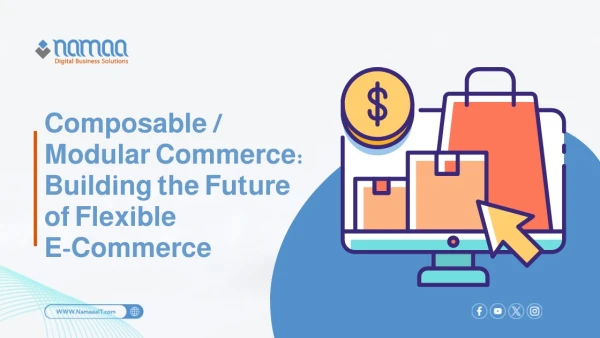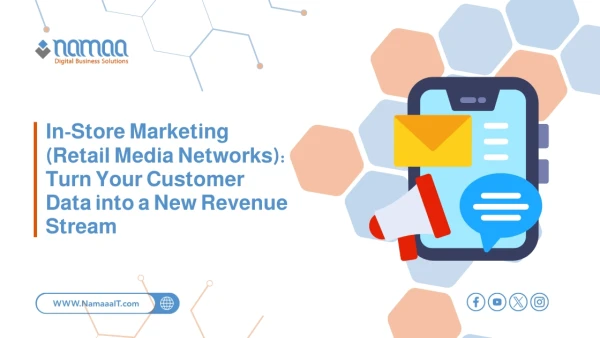Social media platforms are no longer just spaces for connecting and sharing moments — they’ve evolved into dynamic digital marketplaces. Through what is now known as Social Commerce, users can purchase products and services directly within their favorite apps without ever leaving them. This evolution merges e-commerce with social interaction, providing a seamless, interactive shopping experience. The process now goes beyond displaying products — it encompasses the entire shopping journey, from product discovery to checkout — opening new opportunities for businesses to reach customers directly and efficiently.
What Is Social Commerce and How Has It Changed Shopping?
Social commerce is the buying and selling of products directly through social media platforms like Instagram, Facebook, and TikTok. It redefines traditional e-commerce by integrating the shopping experience within the social environment where users already spend much of their time, eliminating the need to leave the app to complete a purchase. This makes shopping smoother and faster — users can discover a product they like and buy it in just a few taps while browsing their daily feed.
The Key Difference Between E-commerce and Social Commerce
The main distinction lies in where the purchase happens. In traditional e-commerce, transactions occur on a separate website or digital store.
In social commerce, however, the entire shopping journey — from discovery to checkout — takes place within the social media platform itself, without redirecting the user elsewhere. This integration makes the experience more interactive and instantaneous.
How to Sell Directly on Instagram
Instagram offers powerful tools to turn your business account into a high-performing sales channel. You can leverage these features to drive direct sales:
Enable Instagram Shopping: Create a product catalog and tag products in your posts and videos. When users tap a tag, they’ll see product details, prices, and a direct purchase link — all without leaving the app.
Use Shoppable Posts and Stories: Convert posts and Stories into interactive storefronts so followers can instantly explore and buy products.
Sell via Direct Messages: Encourage customers to message you for inquiries or personalized purchases, providing a more engaging experience.
Leverage Reels: Use short, creative videos to showcase products in action — an excellent way to reach new audiences and inspire impulse buying.
Your Guide to Facebook Shops
Facebook Shops lets you showcase and sell products directly to billions of users across Facebook and Instagram. To set up an effective store:
Create a Facebook business page and connect it to Business Manager.
Add products with high-quality images, clear descriptions, and accurate prices.
Organize products into collections for easier browsing.
Activate suitable payment and shipping options for a smooth checkout experience.
Learn more: In-Store Marketing (Retail Media Networks)
TikTok Selling Secrets
Success on TikTok depends on creative, engaging content that spreads organically rather than traditional ads.
Product Demonstration Videos: Show your product in action to highlight its real-world benefits.
Educational Content: Teach users how to use your product or offer related tips.
User-Generated Content (UGC): Encourage customers to share videos using your products and repost the best ones to build credibility.
Use TikTok Shop: Link your products directly to videos or live streams, minimizing friction and boosting conversions.
Influencer Marketing Strategies for Social Commerce
Influencer marketing is one of the most effective tools for social commerce, leveraging the trust influencers have built with their audiences. When choosing influencers, ensure their followers align with your target market and that their values match your brand. Collaborations can include product reviews, creative content featuring your products, or exclusive discount codes to motivate purchases. This approach boosts brand awareness, builds trust, and drives direct sales.
The Role of Live Streaming in Driving Instant Sales
Live streaming has become a powerful sales tool, creating urgency and exclusivity among viewers. Through real-time product showcases, businesses can interact with customers directly, answer questions instantly, and build trust that accelerates purchases. To maximize live-stream success:
Offer Exclusive Deals: Announce limited-time discounts or gifts available only during the stream.
Collaborate with Influencers: Partnering with popular personalities can attract more viewers and enhance credibility.
Show Practical Demos: Demonstrate product use and benefits live to help customers visualize its value.
Simplify Purchasing: Provide direct, easy-to-access buying links during the stream to reduce checkout friction.
Integrating Augmented Reality (AR) into the Social Shopping Experience
Augmented Reality (AR) is revolutionizing online shopping by allowing users to virtually try products before buying. This reduces hesitation, builds trust, and increases conversions. Examples include:
Virtual Try-Ons for Fashion and Beauty: Customers can use their phone cameras to see how clothes or cosmetics look on them, like Sephora’s AR experiences.
Previewing Furniture at Home: Apps like IKEA Place let users visualize 3D furniture models in their own spaces.
Interactive Social Filters: Create branded AR filters on Instagram or Snapchat to boost engagement and organic sharing.
Measuring ROI (Return on Investment) in Social Commerce
Measuring ROI is crucial for understanding whether your social commerce strategies are profitable.
Formula:
ROI = ((Revenue - Total Investment Cost) / Total Investment Cost) × 100
To apply this effectively:
Define Costs: Include ad spend, influencer fees, content production, and analytics tools.
Track Revenue: Use tracking links (UTM parameters) and built-in analytics (like Facebook Pixel) to measure direct sales from each campaign.
Analyze Results: Compare ROI percentages to identify the most profitable campaigns and optimize future budgets.
Frequently Asked Questions (FAQs)
What are the best types of products to sell through social commerce?
Visually appealing items such as clothing, accessories, cosmetics, home décor, and consumer electronics tend to perform best.
How can I ensure secure payment for my customers?
Use trusted payment gateways, SSL encryption, and comply with PCI standards to maintain customer trust.
Is social commerce suitable for service-based businesses?
Yes. Service providers can sell consultations, courses, or bookings directly via social platforms, making it easier for clients to purchase.
What is the role of customer service in social commerce?
Customer service is vital for building trust and loyalty. Fast responses to messages and comments can turn hesitant users into repeat buyers.
How do I choose the right social platform for my business?
It depends on your audience — Instagram and TikTok are ideal for visually-driven products targeting younger audiences, while Facebook suits a broader demographic range.
Summary
✅ The global social commerce market is projected to reach $3.37 trillion by 2028, showing explosive growth.
✅ 55% of online shoppers have made at least one purchase via a social media platform.
✅ Campaigns featuring user-generated content (UGC) see a 161% higher conversion rate than brand-created content.
✅ Augmented Reality (AR) experiences can boost conversion rates by up to 90% among engaged users.
✅ Live shopping is expected to account for 10–20% of total e-commerce sales by 2026.

